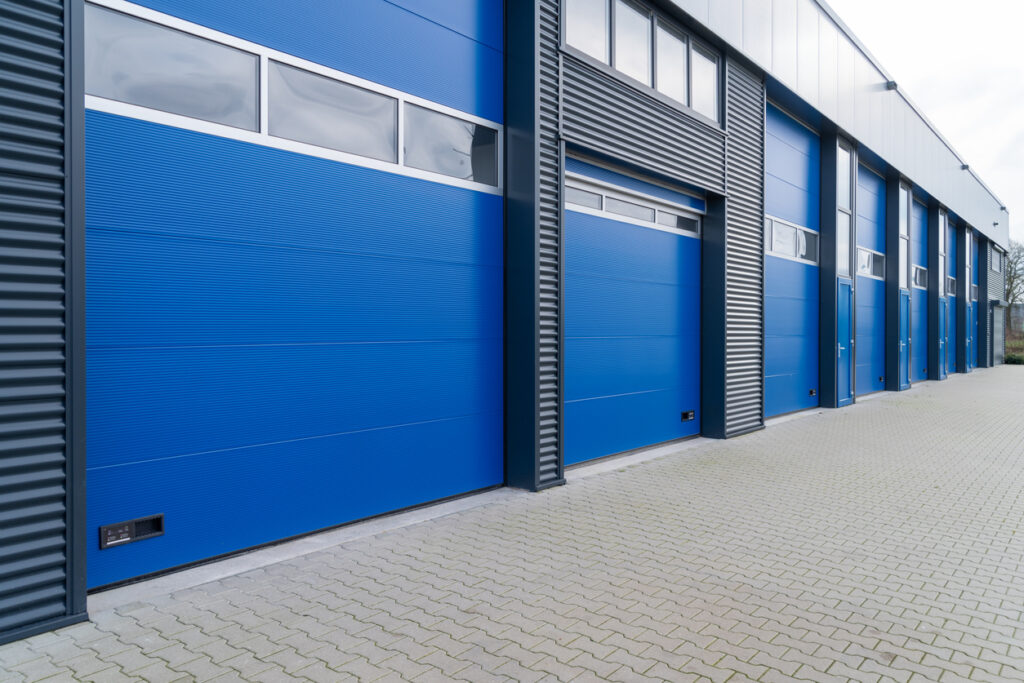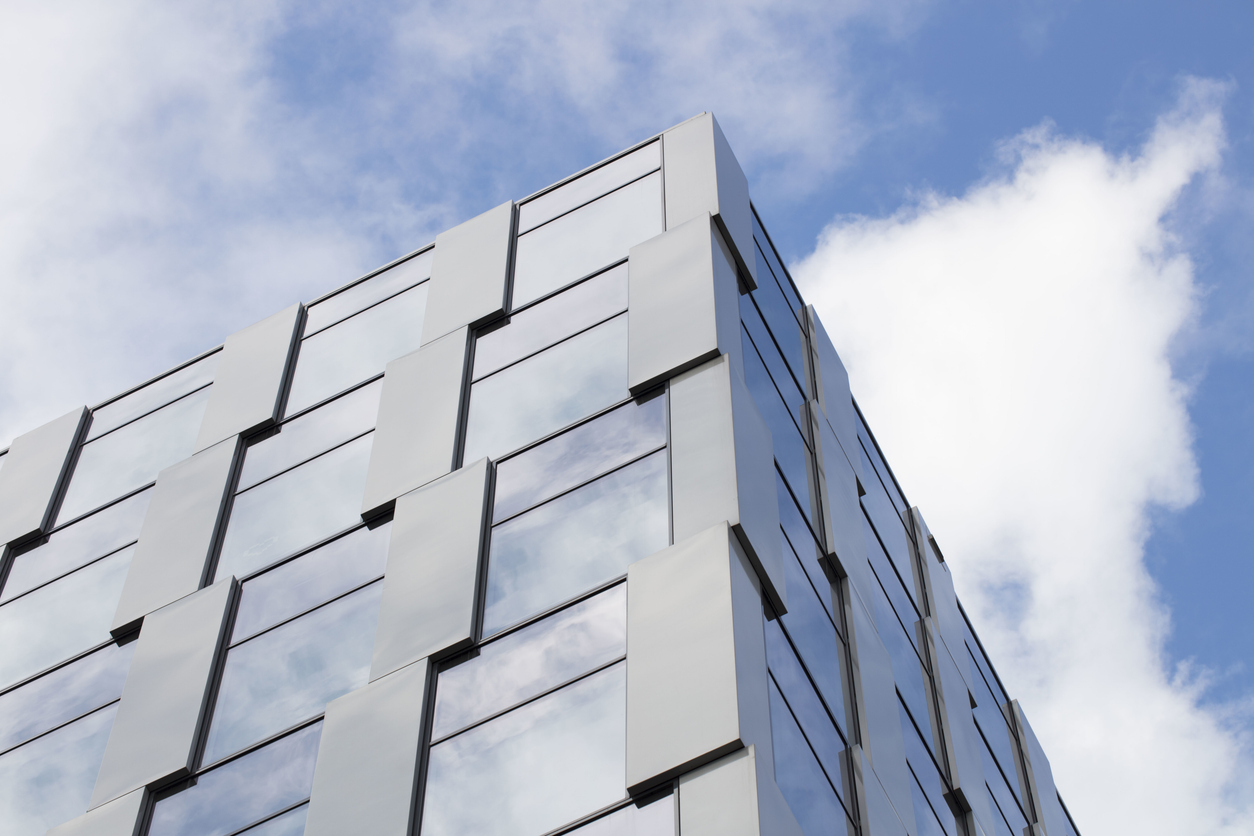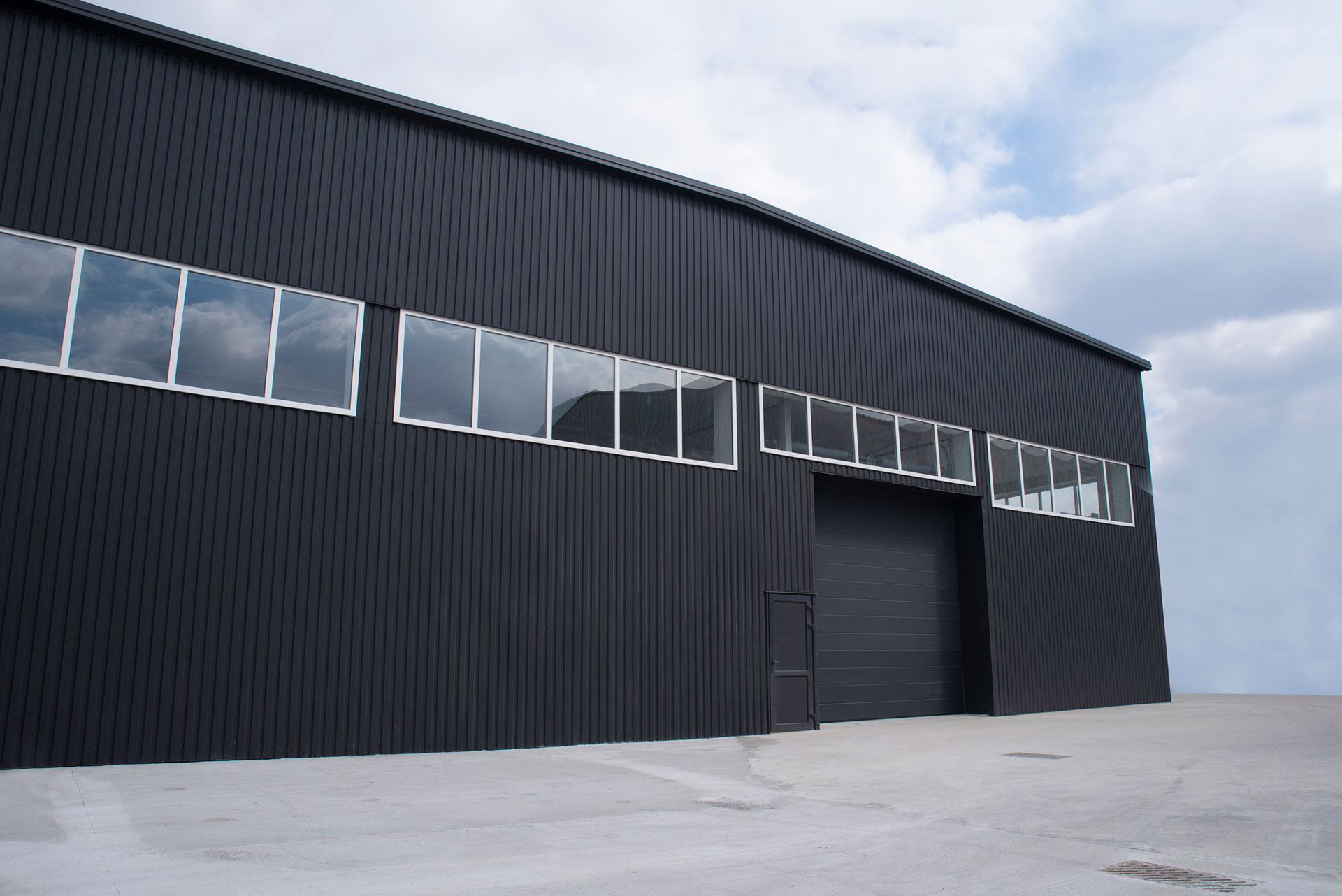Explore the sustainability of various cladding materials used in commercial construction, including insights into their manufacturing processes, life cycle, and recycling potentials.
Introduction to Cladding and Sustainability
The choice of cladding materials can significantly impact the environmental footprint of commercial buildings. From the extraction of raw materials to manufacturing processes, installation, and end-of-life disposal, each phase of a cladding material’s life cycle can affect sustainability. This post examines the most commonly used cladding materials in commercial constructions, assessing their environmental impact.

Evaluating the Sustainability of Common Cladding Materials
Aluminum and Metal Cladding
Manufacturing: Often involves high energy consumption, but many manufacturers use recycled materials to offset environmental impact.
Durability: Long lifespan reduces the frequency of replacement and maintenance.
Recyclability: Highly recyclable, offering potential for reuse in new products without degrading quality.
Stone and Masonry
Natural Extraction: High environmental impact due to quarrying and transportation.
Lifespan: Extremely durable, often lasting the lifetime of the building without need for replacement.
Recycling: Less commonly recycled but can be repurposed for landscaping and other construction projects.
Wood Cladding
Source: Sustainable when sourced from certified forests but can contribute to deforestation if not managed responsibly.
Treatment and Maintenance: Chemical treatments for weather resistance can have environmental impacts; requires regular maintenance.
End-of-Life: Biodegradable and can be recycled into wood chips or reused in other building projects.
Composite Panels (ACM Panels)
Manufacturing: Consists of materials like aluminum and plastics which require significant energy to produce.
Efficiency: Offers excellent insulation properties, potentially reducing energy consumption in buildings.
Recyclability: Mixed materials can complicate recycling processes but advancements are improving the recyclability of composite panels.
Vinyl Siding
Production: Primarily made from PVC, which involves toxic chemicals in production and disposal phases.
Maintenance: Low maintenance requirements reduce the need for harmful cleaning chemicals and frequent replacements.
Recycling: Can be recycled, though facilities are less common, and the process is energy-intensive.
Sustainable Practices in Cladding
Material Choice: Opting for materials with lower environmental impacts during production and high recyclability.
Energy Efficiency: Choosing cladding materials that enhance the energy efficiency of buildings to reduce overall energy use.
Innovative Technologies: Incorporating new technologies that reduce waste and improve efficiency during the manufacturing and installation processes.
Partner with SA Cladding Systems to Enhance Your Building’s Sustainability
Understanding the environmental impact of different cladding materials is crucial for making informed choices in commercial construction. At SA Cladding, we are committed to sustainability and offer a wide range of eco-friendly cladding options that meet the highest standards of environmental responsibility.
Whether you are looking for materials with low environmental impact, high recyclability, or those that contribute to energy efficiency, we can help you select the perfect solution for your project. Contact us today to learn how our sustainable cladding options can help reduce the ecological footprint.


